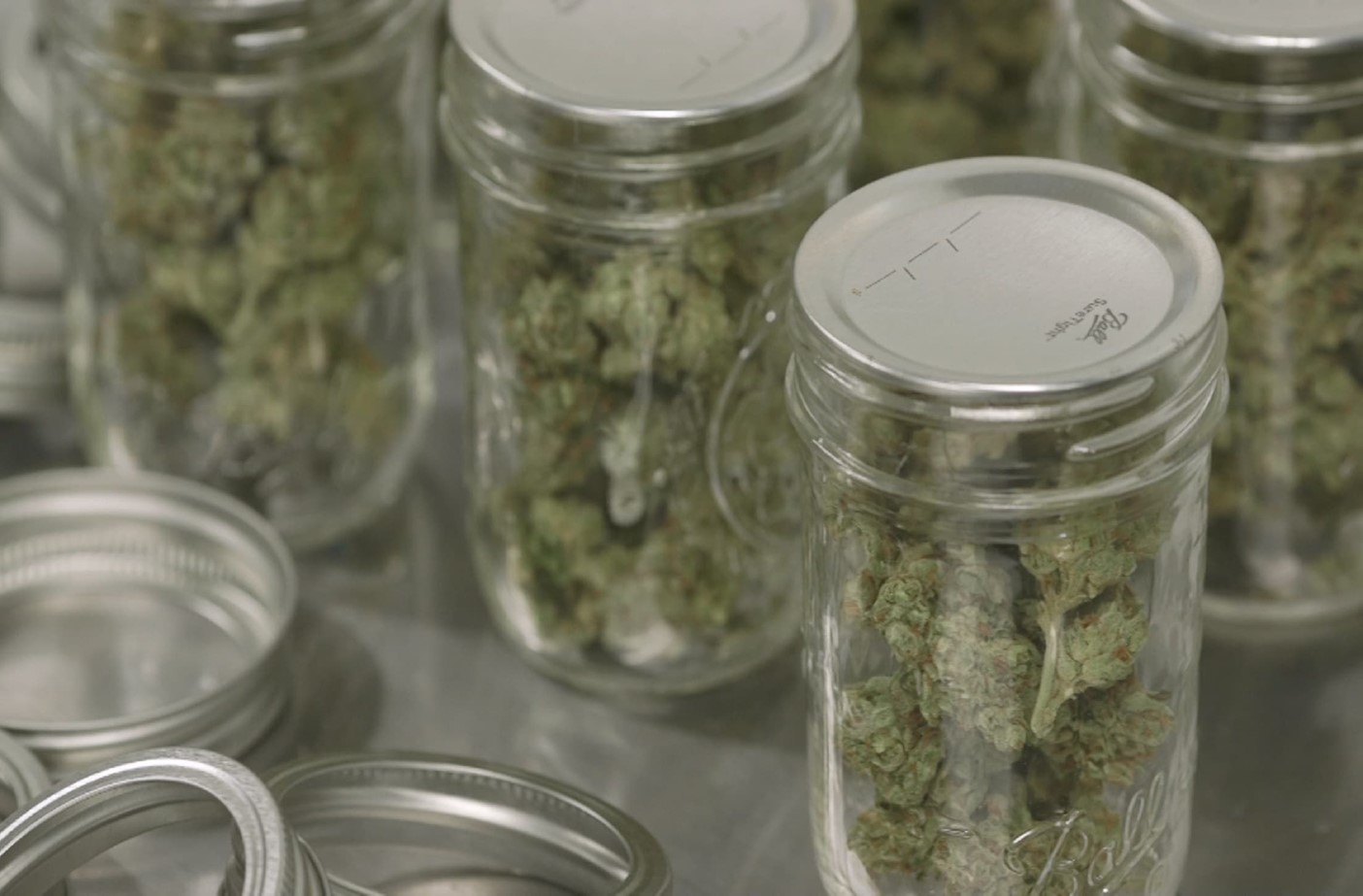Vacuum packaging cycle
How to obtain a maximum end vacuum in only 4 steps?
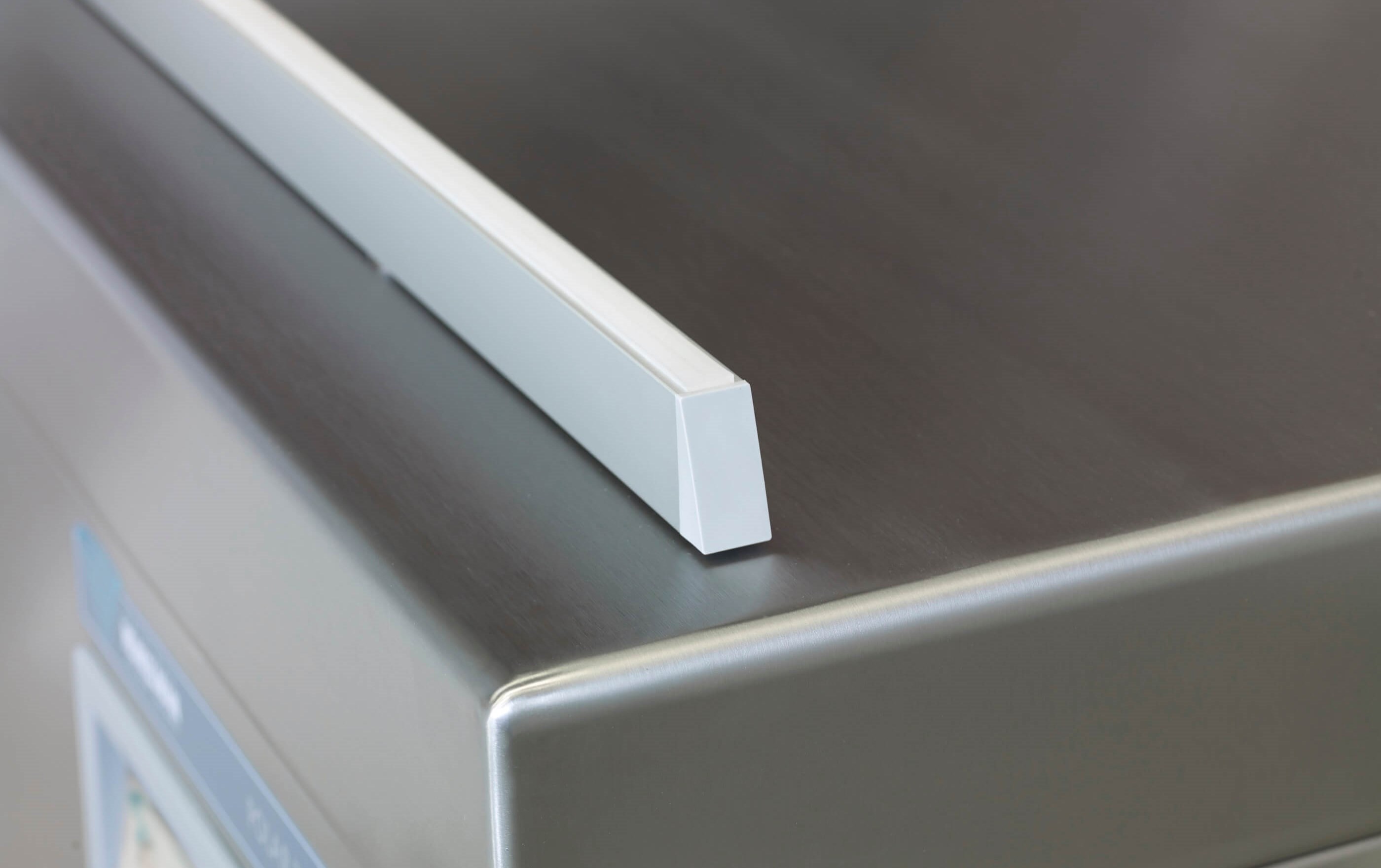
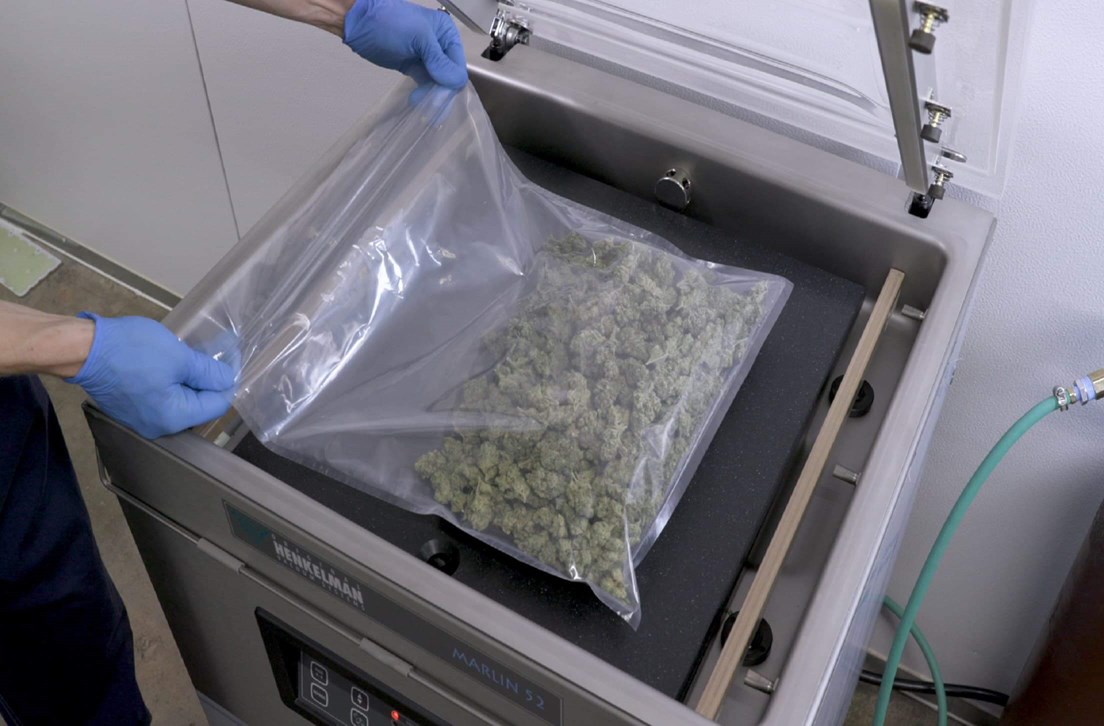
1. Extraction of air
Vacuum packaging is an efficient way to package your flower to extend shelf life and maintain quality. The cycle has 4 steps. During the first phase, the air is extracted from the product, the bag or jar and the chamber. Up until the pre-set vacuum percentage has been reached or the boiling point has been detected in the case of liquid products.
Go to Control Systems2. Gas Flush
Gas flush is standard on all Storabis series. During this phase gas is being flushed into the vacuum chamber and the bag, through the gas nozzles. Adding a gas offers extra protection, maintains the quality and extends the shelf life of your product. It's usually a mixture of gas, depending on the product. Your supplier can inform you best which is the optimum mixture for your requirements. Gas flush cannot be used in combination with jars.
- Increased shelf life
- Preservation of quality
- Protection of structure
- Prevention of colouring
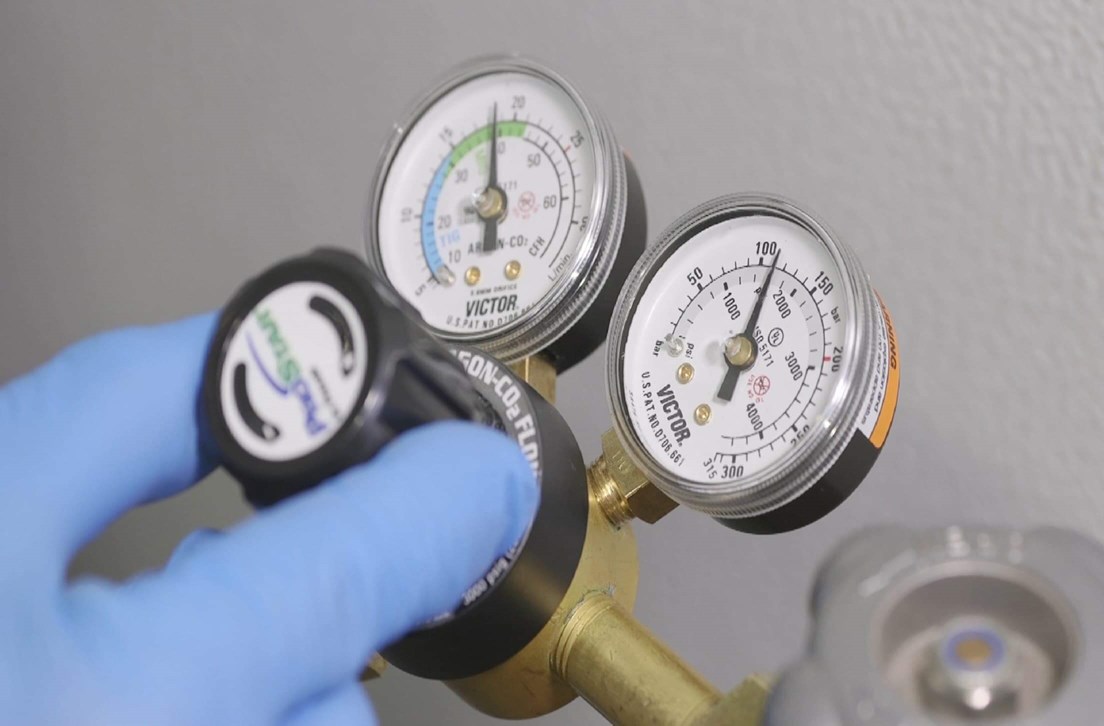
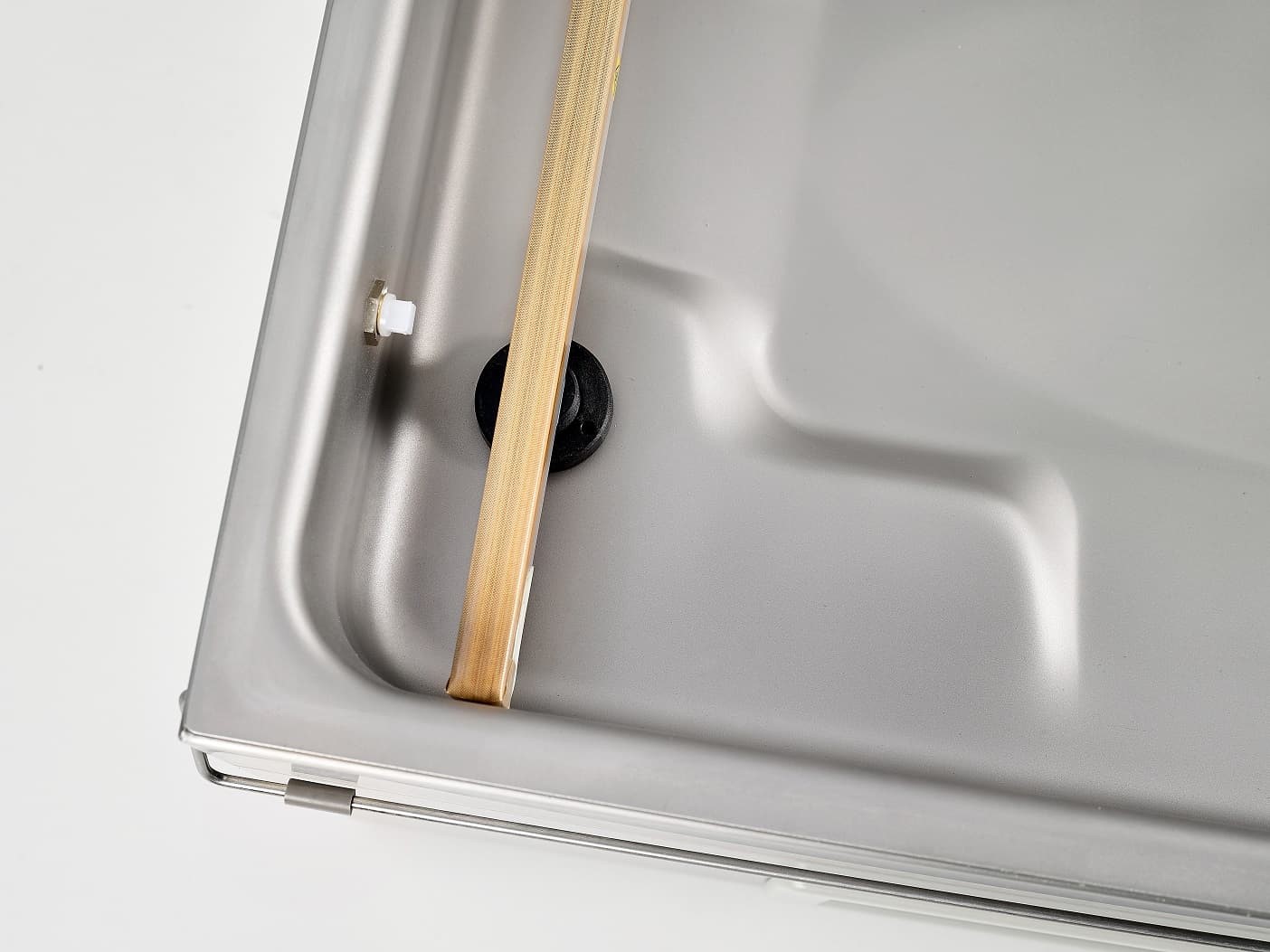
3. Sealing of the bag
During this step the seal bar is pressed against the bag and the contra bar, and the seal wires are being heated to seal the bag. When the Jars program is used, the seal phase is superfluous and therefore skipped.
The right seal system protects products efficiently against external elements. Depending on the type and thickness of the vacuum bag, and your specific packaging requirements of course. These are the Storabis seal systems:
- Double seal (standard)
- Cut-off seal ($0)
- Wide seal ($0)
4. Aeration
Once the vacuum packaging cycle has been completed and the vacuum bag has been sealed, air returns into the chamber through the aeration valve.
In case of vacuum sealing jars, the lids are being closed during this cycle because of the pressure difference inside the jar and the increasing pressure inside the vacuum chamber.
As soon as the atmospheric pressure inside equals the pressure outside the vacuum chamber, the lid of the machine opens.
